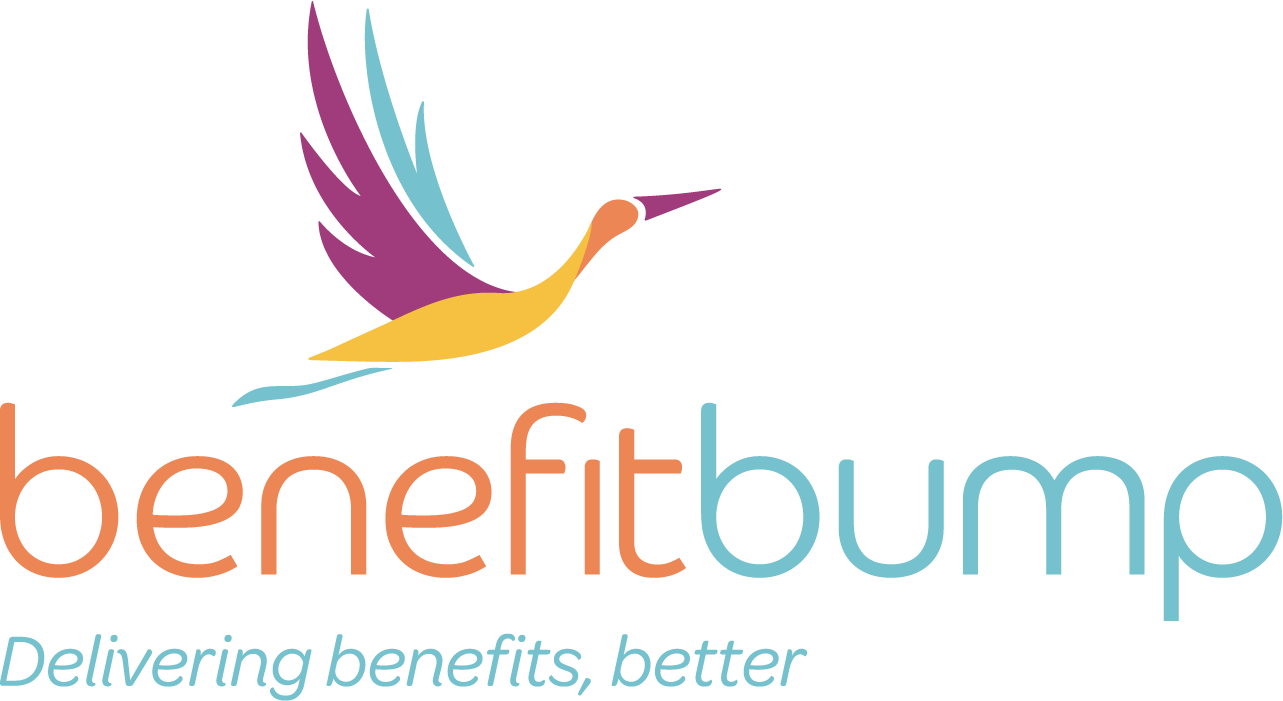4th Annual Family Friendly Benefits Survey
To download the full report, including benefits broken out by size and industry, fill out the form below:
Key Trends Identified:
Employers shared that their strategic focus is on improving the employee experience, addressing stress and burnout, and retaining their existing workforce.
As it relates to family wellbeing, employers are considering expanded financial education, childcare subsidies, and increasing bereavement leaves.
Notable gaps identified in the survey were around doula care benefits, childcare subsidies, and manager training. All of these items help address the key strategic focus areas listed above.
Prevalence of subsidized family-building support was mostly stable, with 62% of employers in the survey covering assisted reproductive treatments, 52% subsidizing adoptions, and 15% subsidizing surrogacy.
While the prevalence of fertility coverage continues to increase, coverage for surrogacy and adoption remains an opportunity for many employers to differentiate their benefits programs.
Between employer programs and state leave entitlements, more than 80% of employers have paid leave available to employees.
1.Employers shared that their strategic focus is on improving the employee experience, addressing stress and burnout, and retaining their existing workforce.
Outside of enhancing the employee experience (which 32.4% rated as their top priority) there was significant diversity in how employers ranked strategic priorities.
Other areas of consensus included:
Retaining the existing workforce was the top priority for 24% of respondents
Addressing stress, anxiety and burnout in the workplace was rated as the 2nd highest priority by 26.5% of respondents
Increasing the representation of diverse employees in the workforce was ranked 7th of 8 priorities by 32.4% of respondents
2. As it relates to family wellbeing, employers are considering expanded financial education, childcare subsidies, and increasing bereavement leaves.
Financial wellbeing (65%):
Financial wellbeing for working parents/aspiring parents is a critical area of focus for many families, with 50% of new parents living paycheck-to-paycheck* and 20% of new and expecting parents navigating a financial crisis (Emvitals client data and Lending Tree study).
Childcare Subsidies (30%): With the rising costs of childcare, more employers are considering subsidies to ease the financial burden on working parents. This support not only helps retain talent but also enhances productivity by reducing the stress and distraction associated with securing affordable, quality childcare.
Bereavement Leave (20%) and Supports (15%): Recognizing the profound impact of loss, companies are expanding bereavement leave and offering additional support services beyond time off, such as emotional and logistical assistance. This approach is essential for fostering a compassionate work environment, promoting employee well-being, and aiding in the recovery process during challenging times.
3. Notable gaps identified in the survey were around doula care benefits, childcare subsidies, and manager training. All of these items help address the key strategic focus areas listed above.
Expenses for doula services during and after childbirth, which are recognized by numerous federal and state health agencies and authorities as being essential to improving birth outcomes for mother and child, are not included in the majority (78.1%) of employer plans.
Engaging managers by providing training on how to support employees growing their families is an opportunity for the vast majority (92.1%) of employers not currently doing targeted training.
Childcare subsidies (5.6%) and onsite childcare (12.7%) are still relatively rare.
4. Prevalence of subsidized family-building support was mostly stable, with 62% of employers in the survey covering assisted reproductive treatments, 52% subsidizing adoptions, and 15% subsidizing surrogacy.
Employers are offering more expansive and inclusive fertility benefits, but coverage for surrogacy and adoption remains an opportunity for many employers to differentiate their benefits programs. Employers with diversity, equity and inclusion goals should review family-building benefits to ensure access and affordability for all employees.
5. Between employer programs and state leave entitlements, more than 80% of employers have paid leave available to employees.
There has been significant employer focus on maternal disability and parental leave in recent years with the number of employers offering paid leave for parental bonding and/or maternal disability leave now offered by the majority of employers.
Pay replacement rates vary but 100% replacement is the most common level for both maternal disability and parental bonding leave. With the increasing number of statutory leaves, navigation and coordination of leave benefits continues to be an area of focus and optimization for both employee and employer.
Confidential: Not for Distribution







